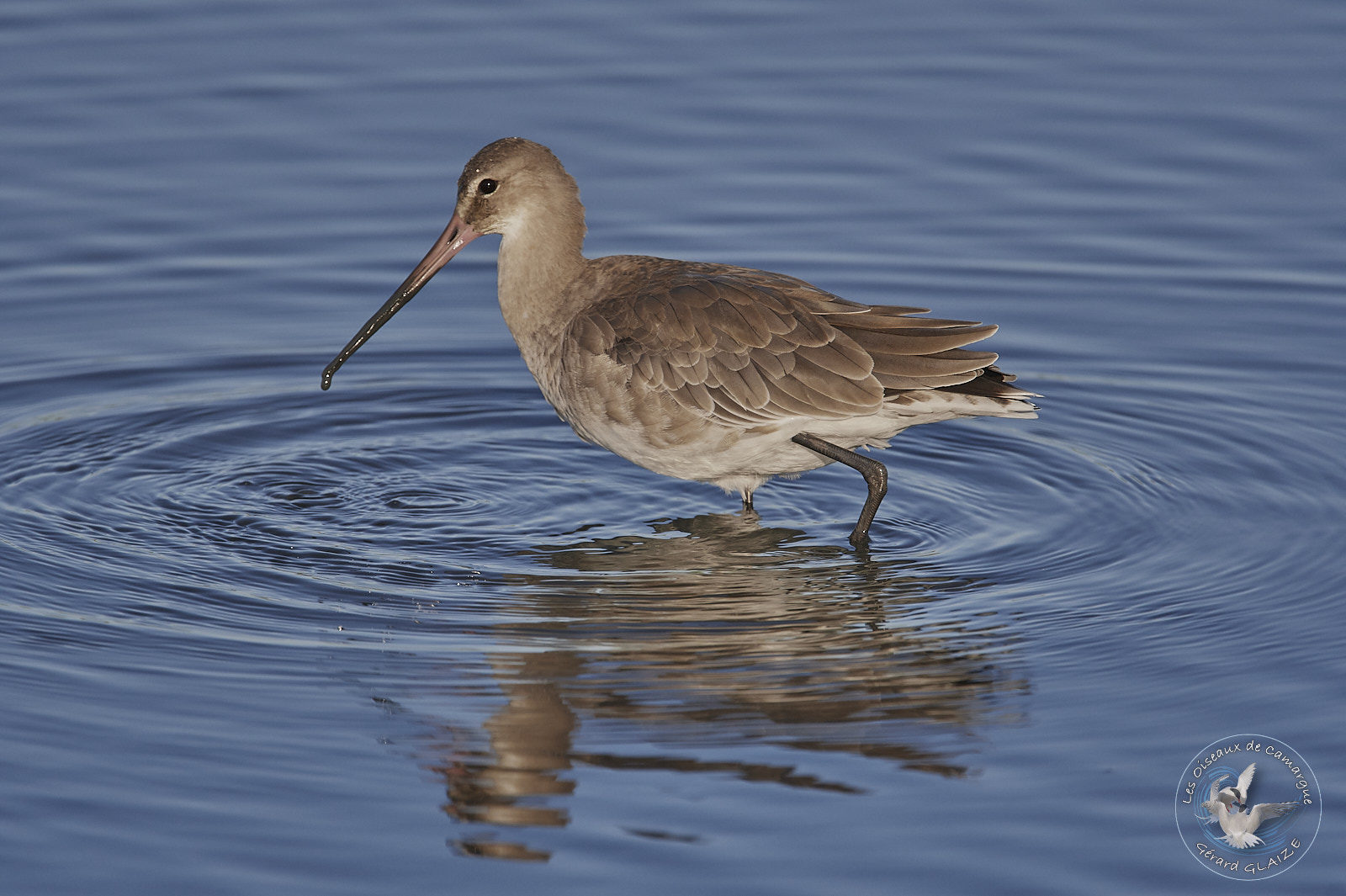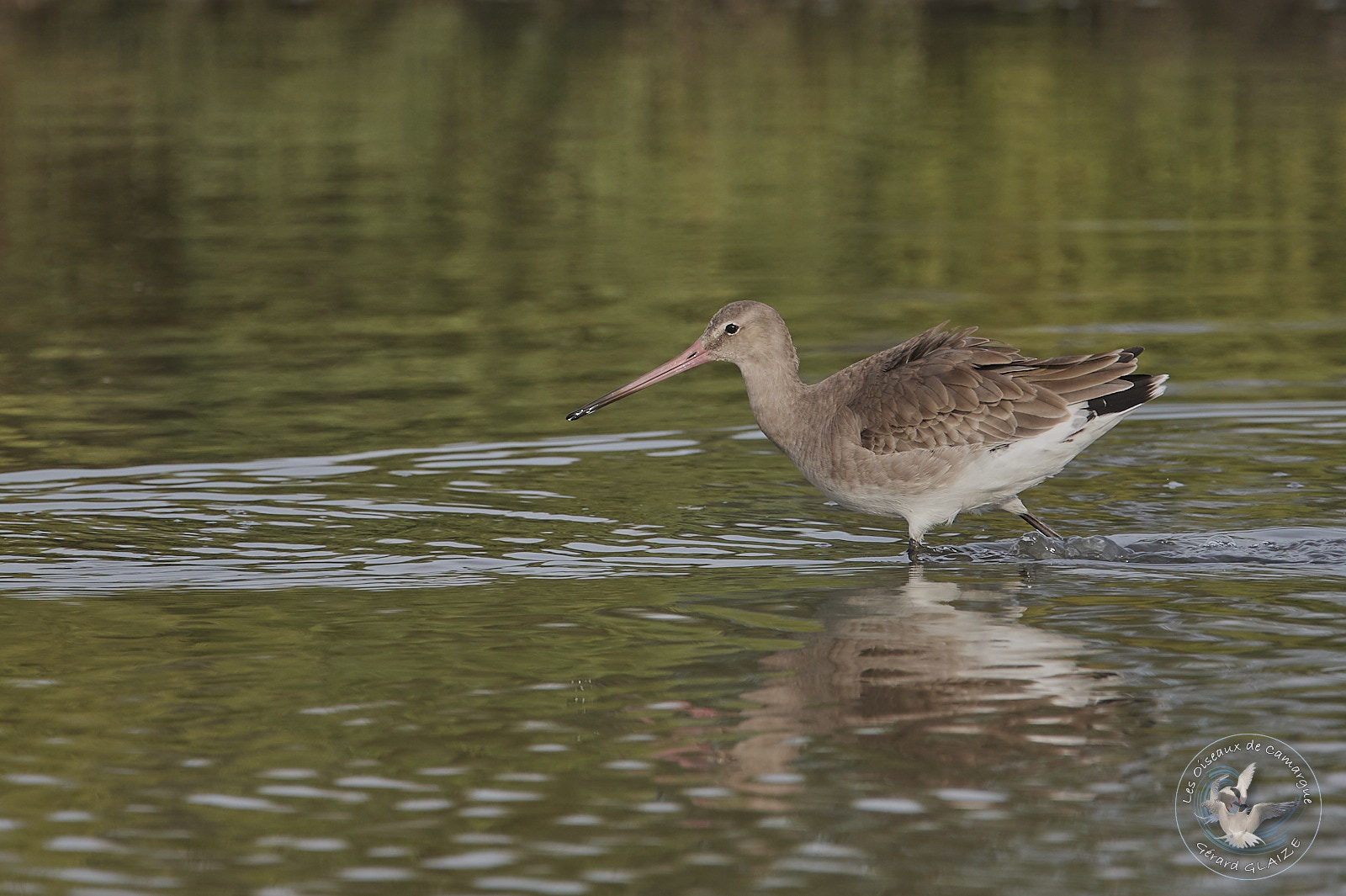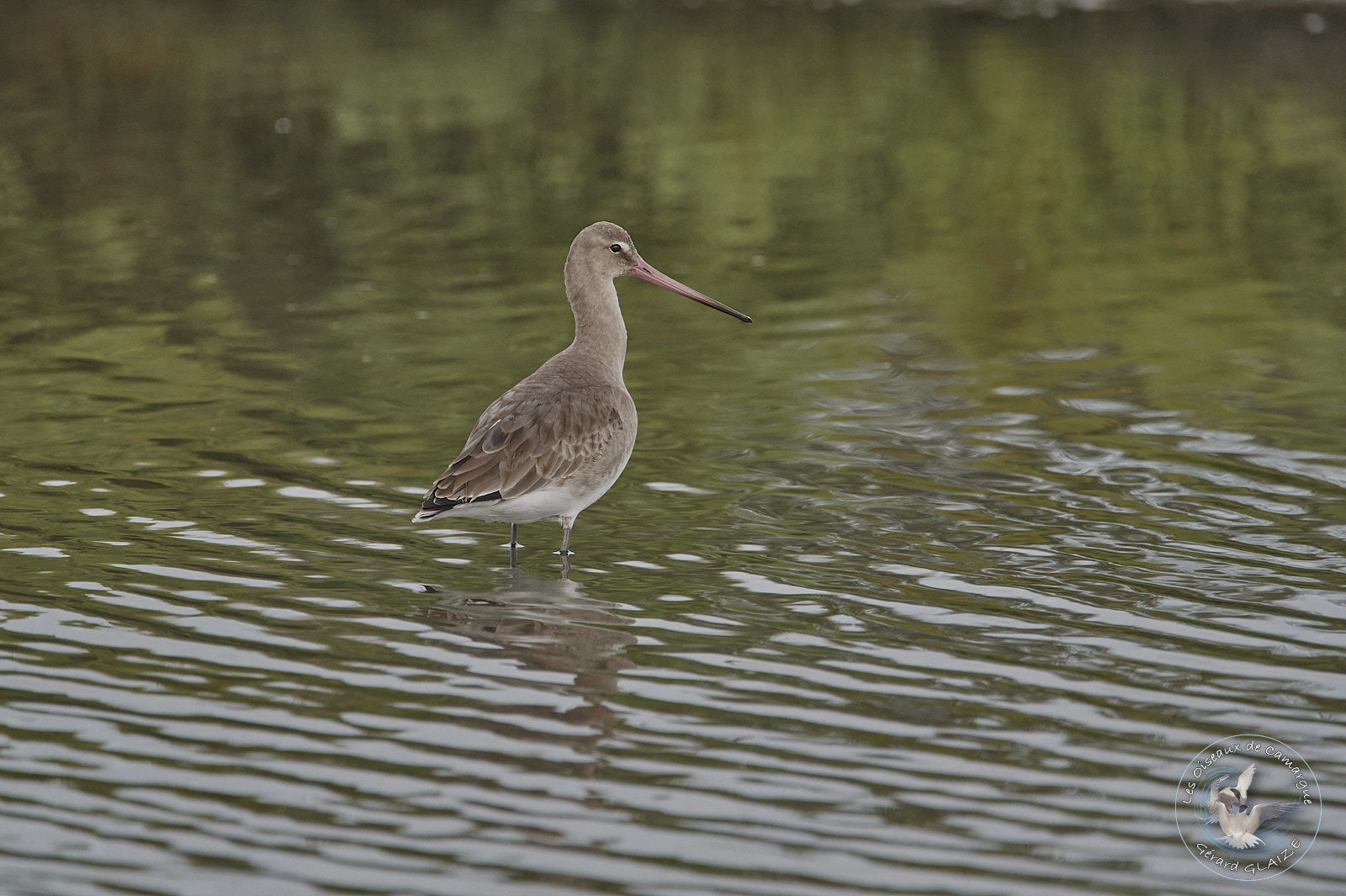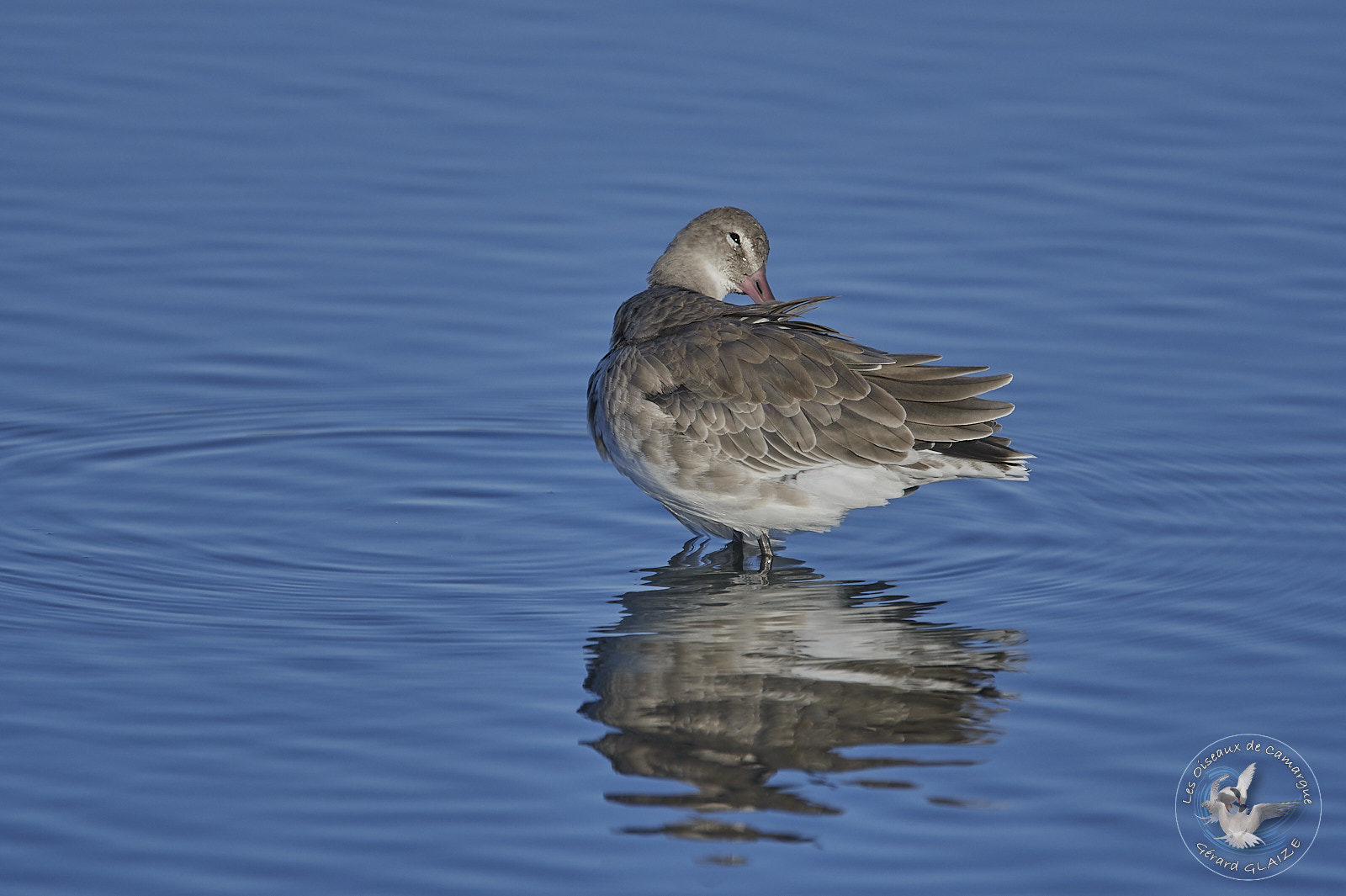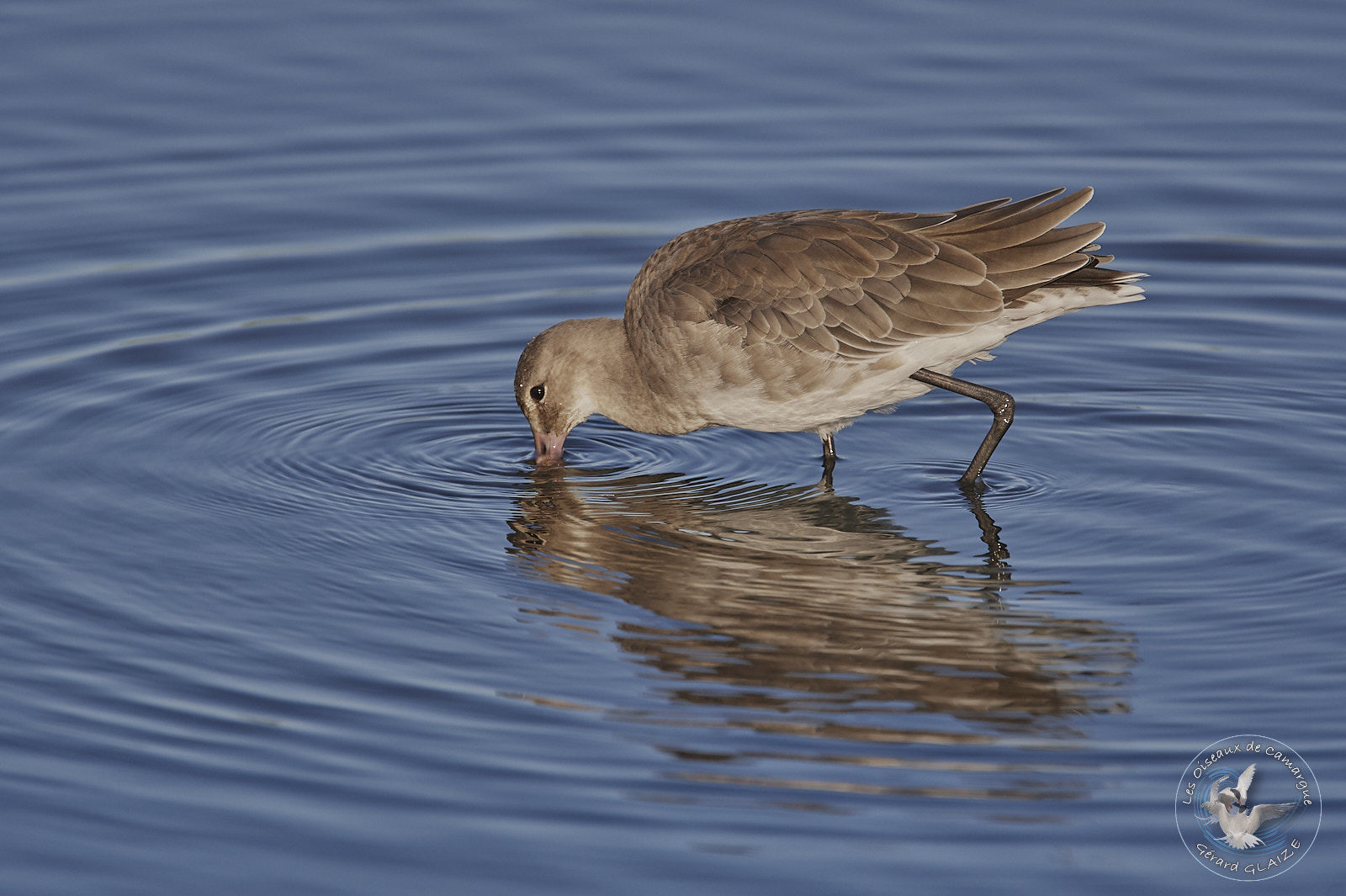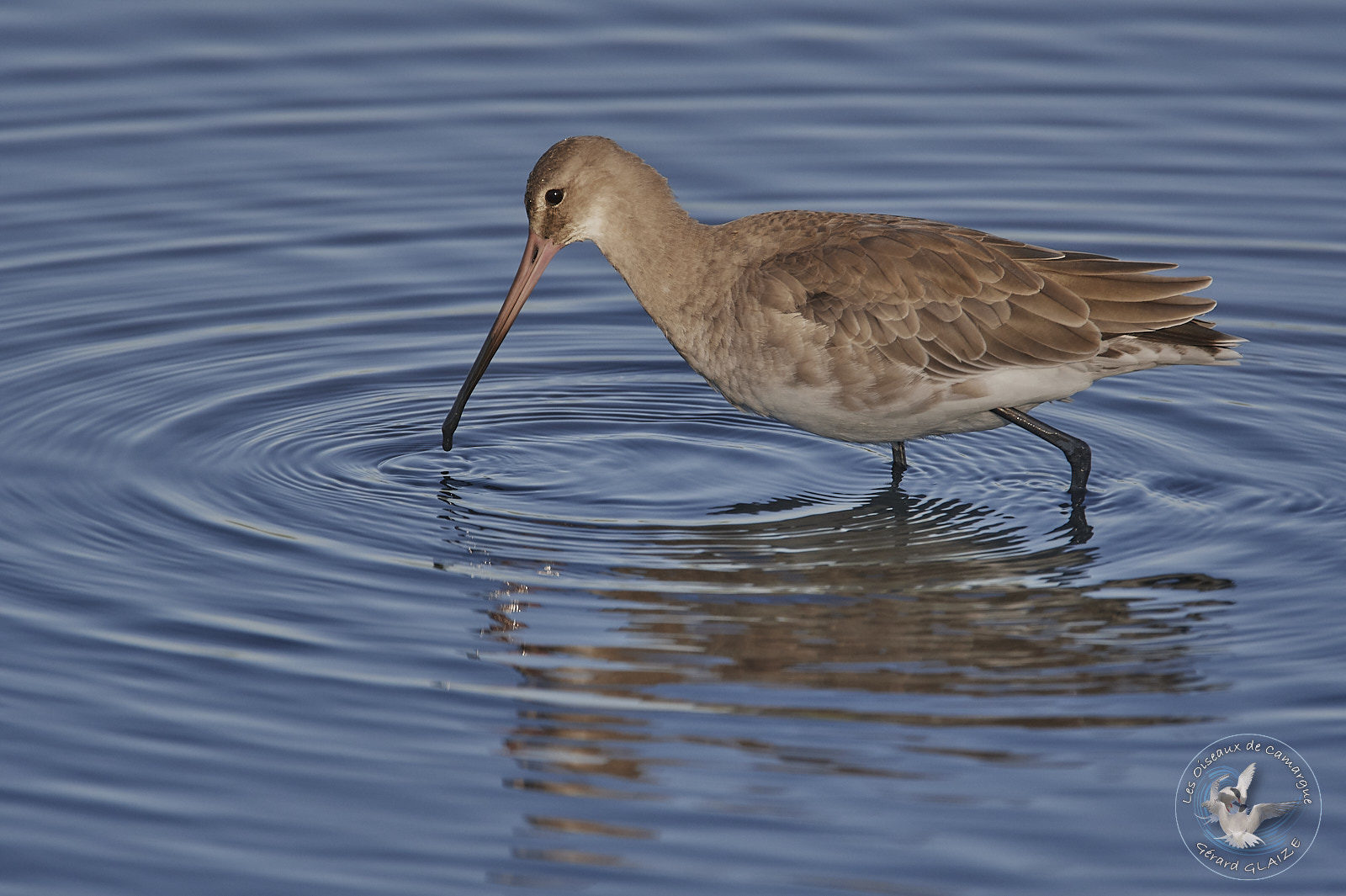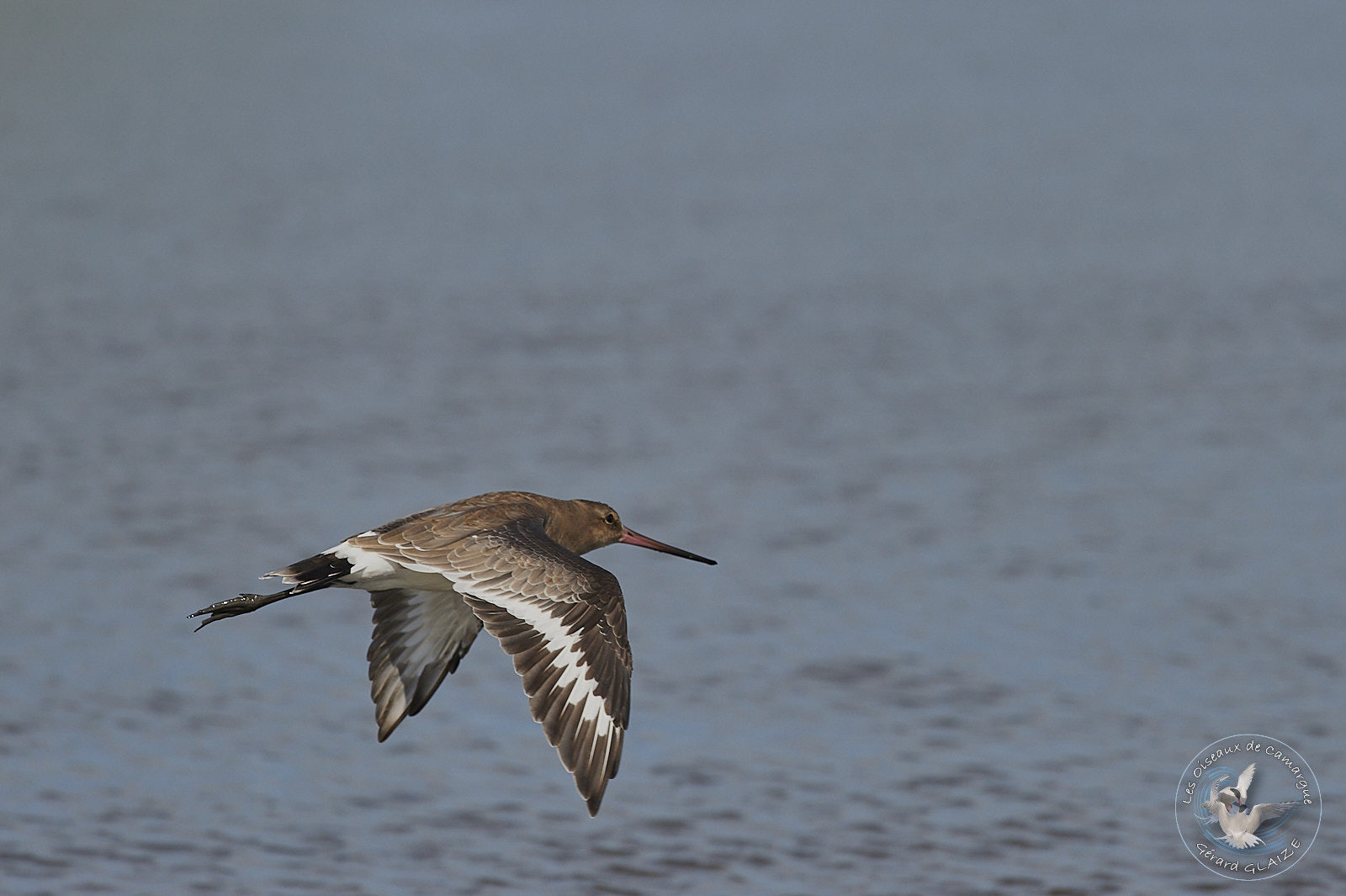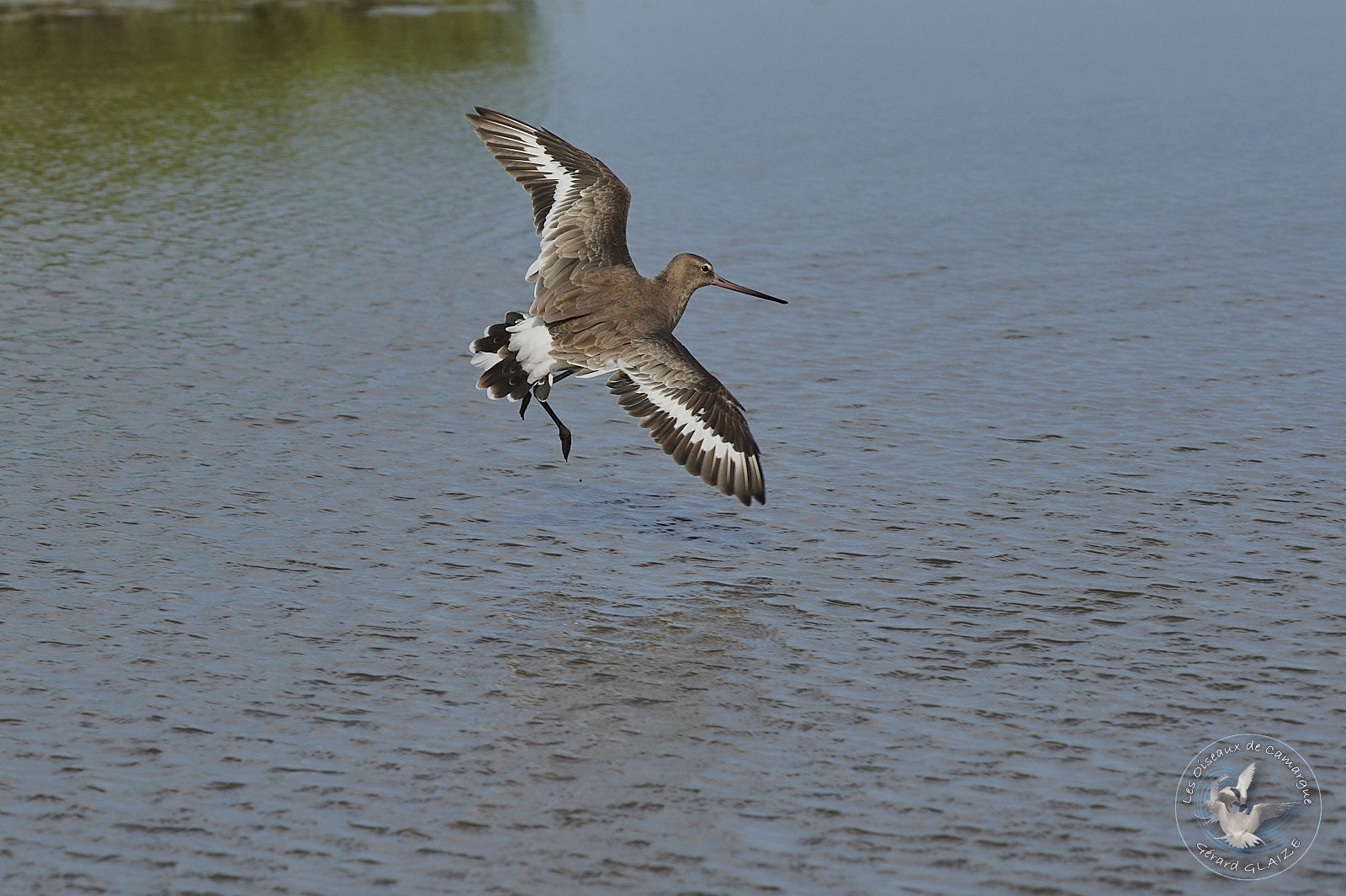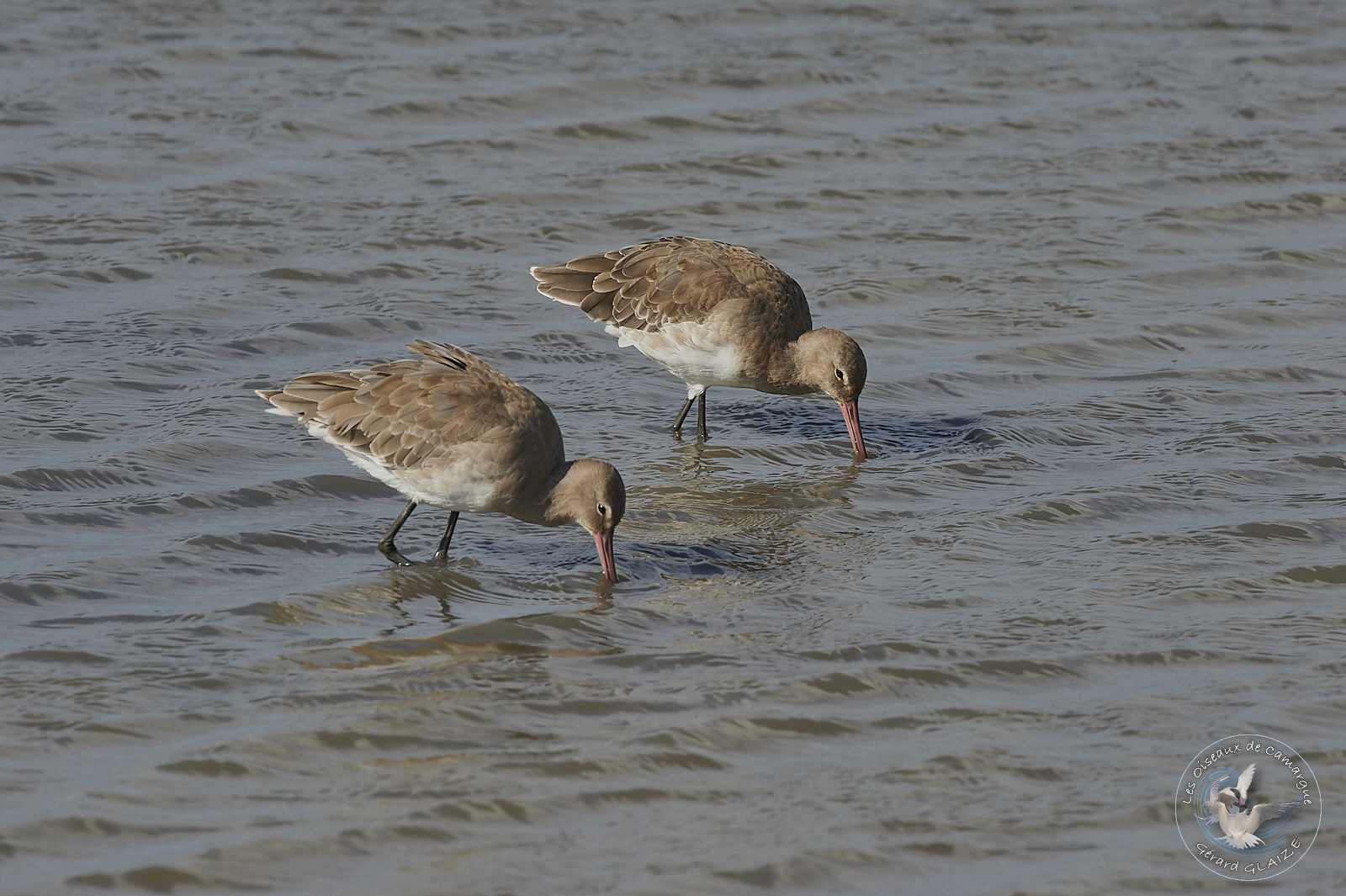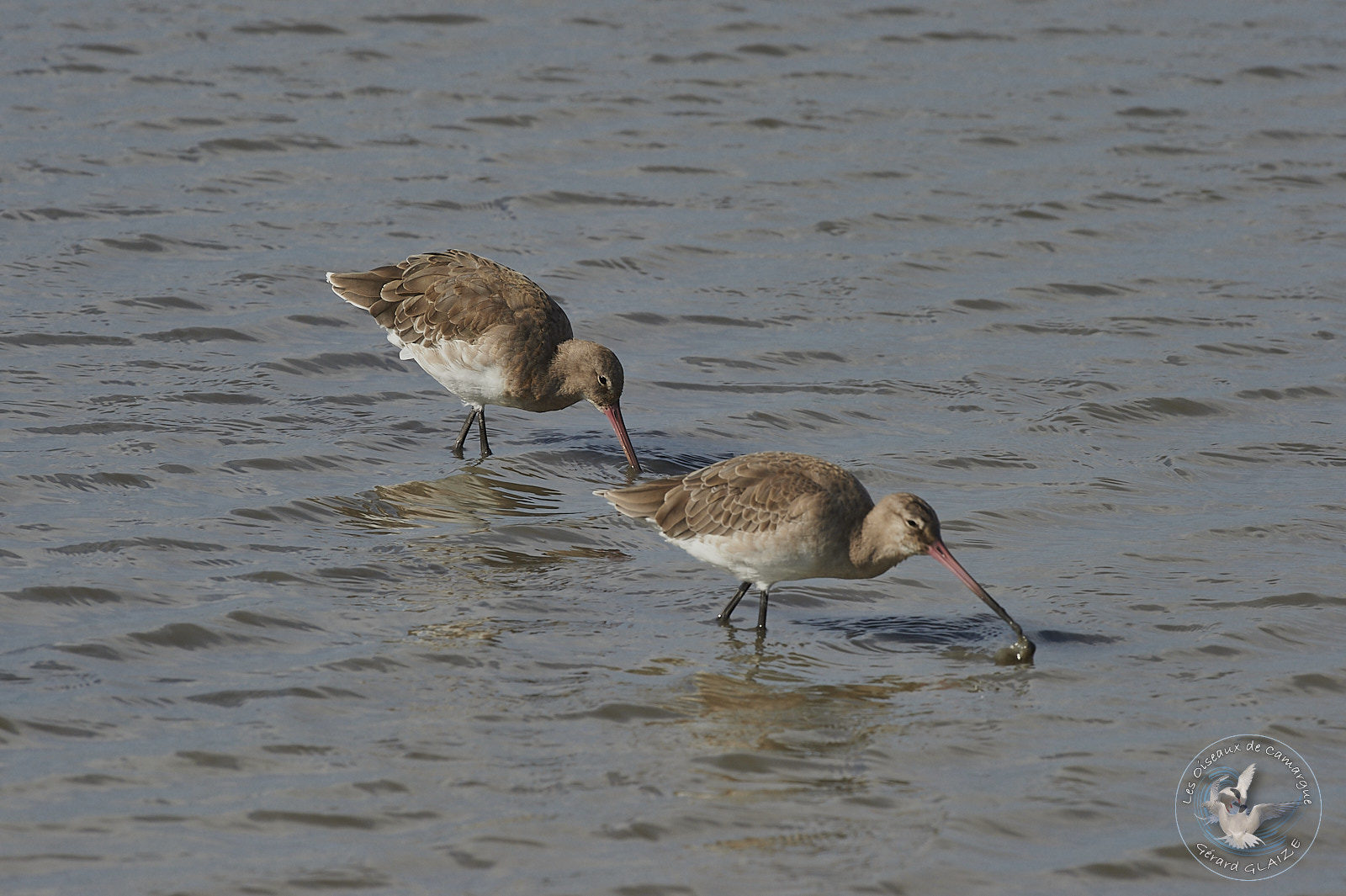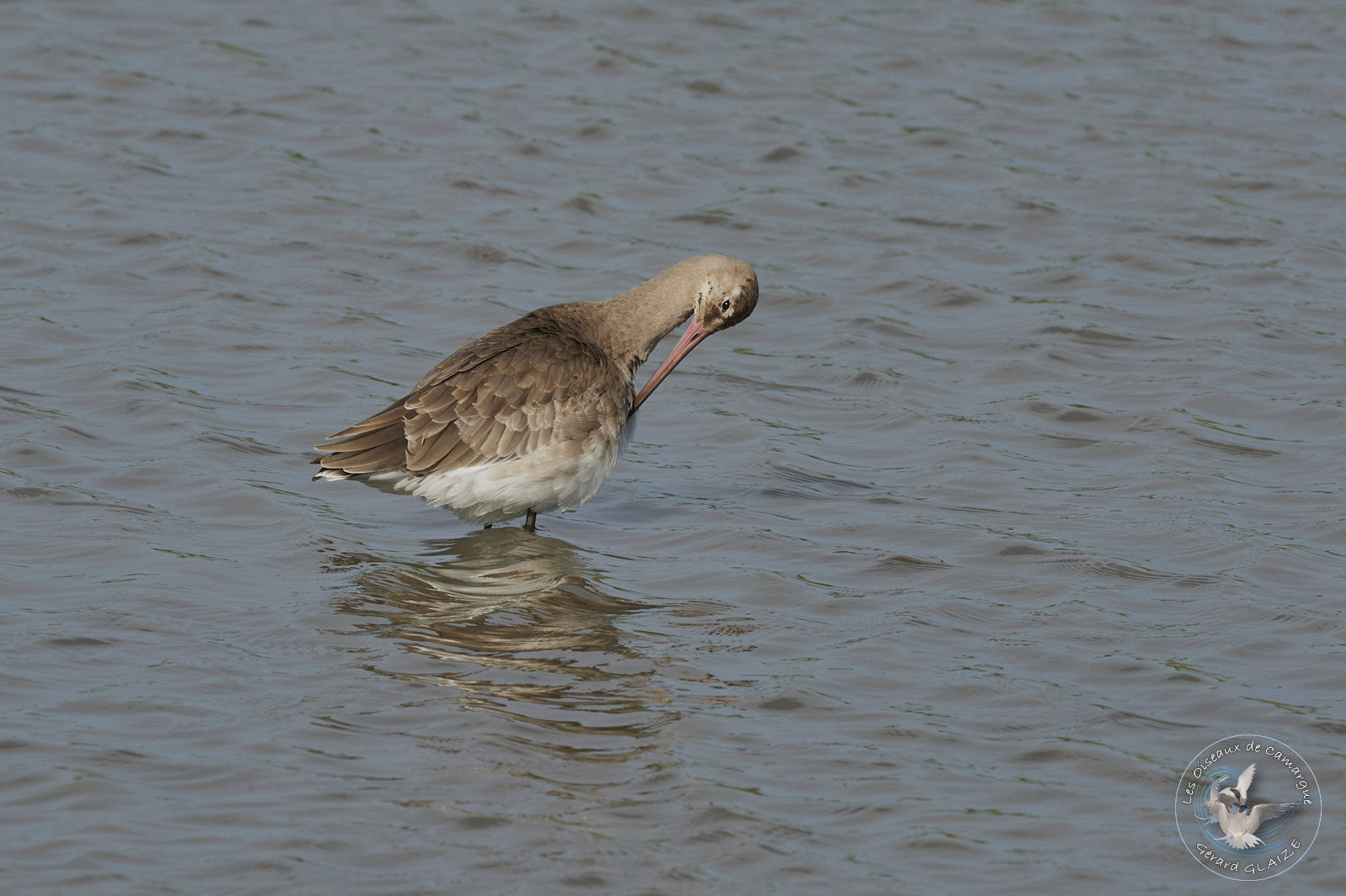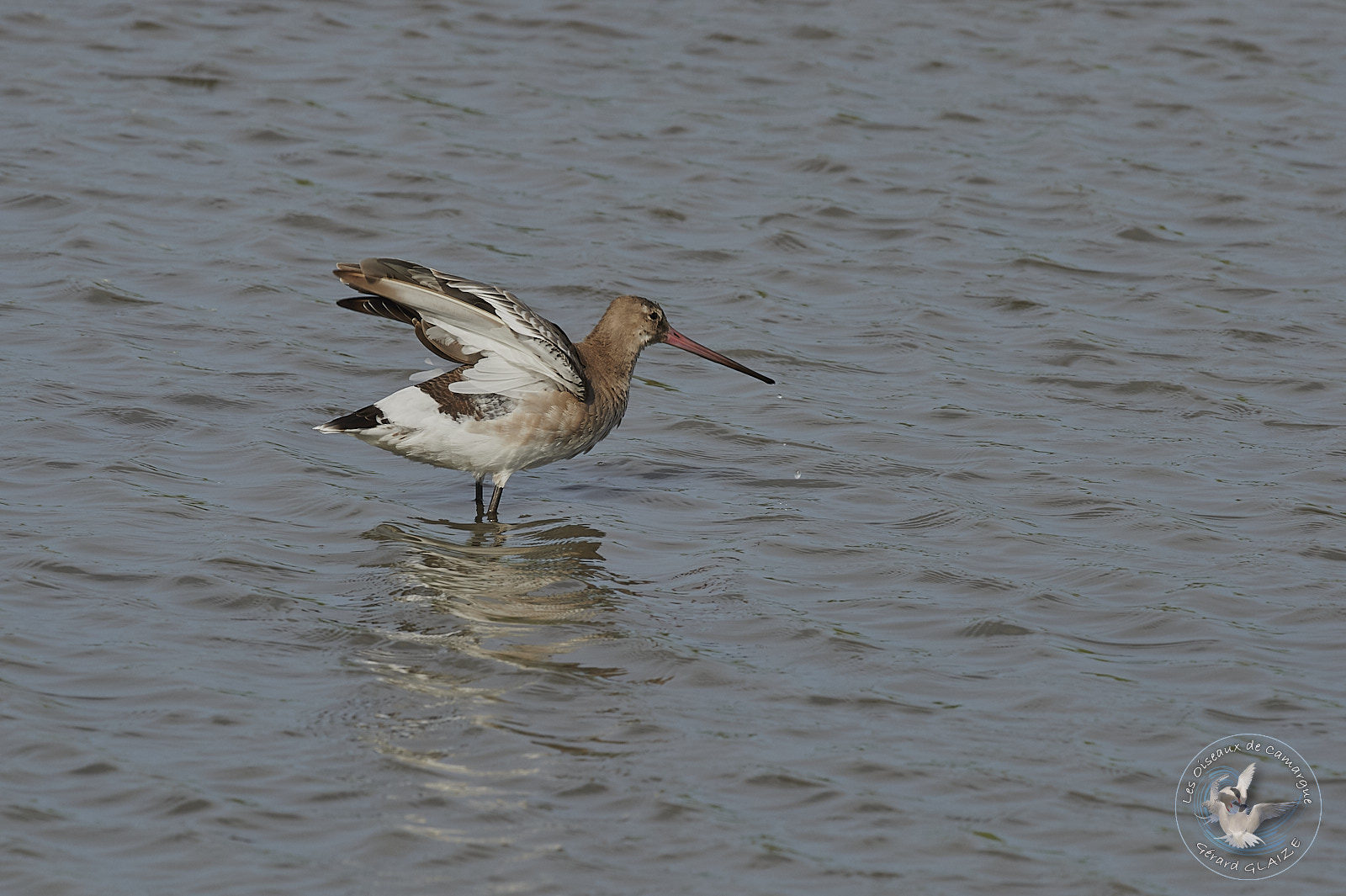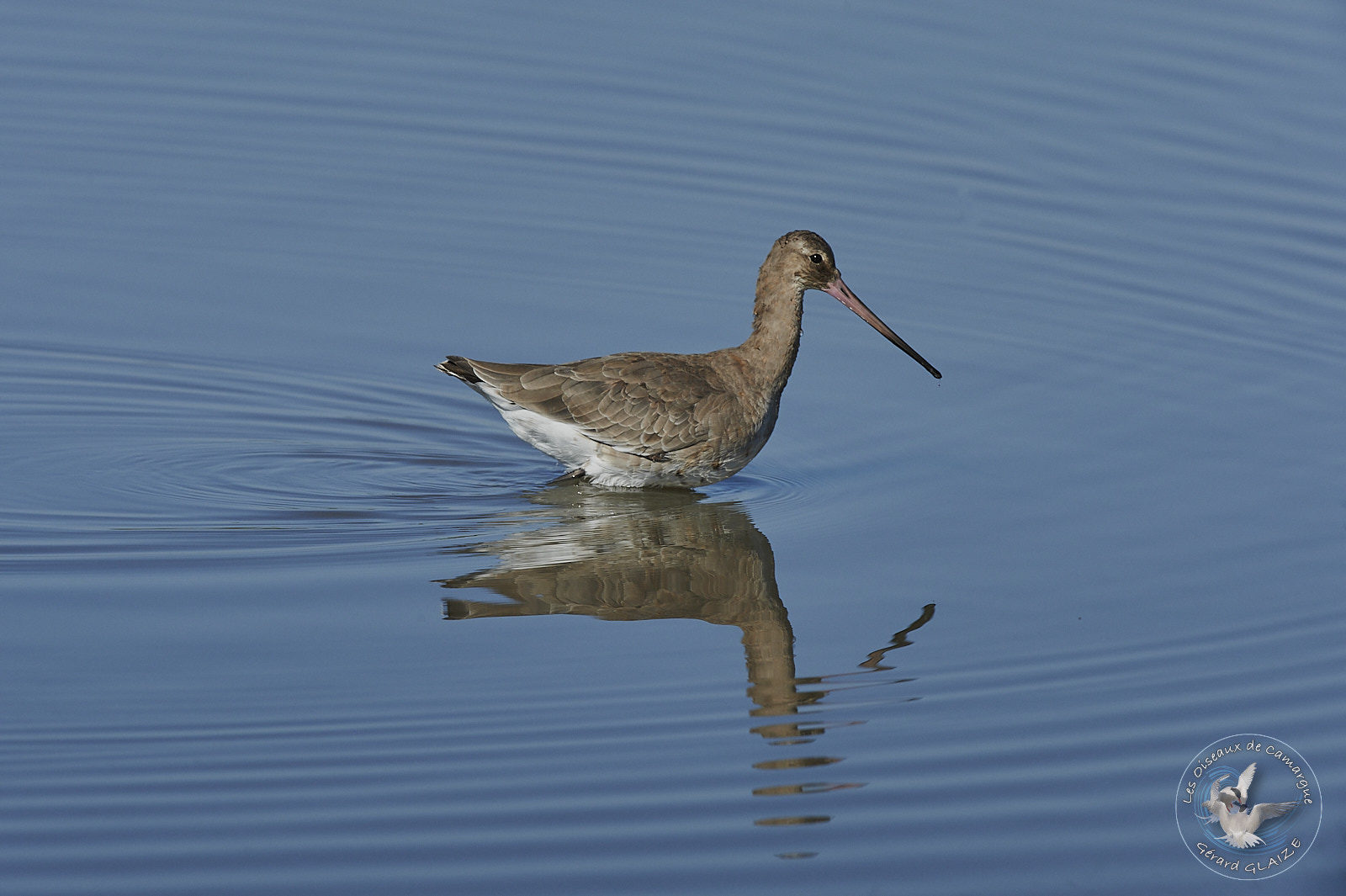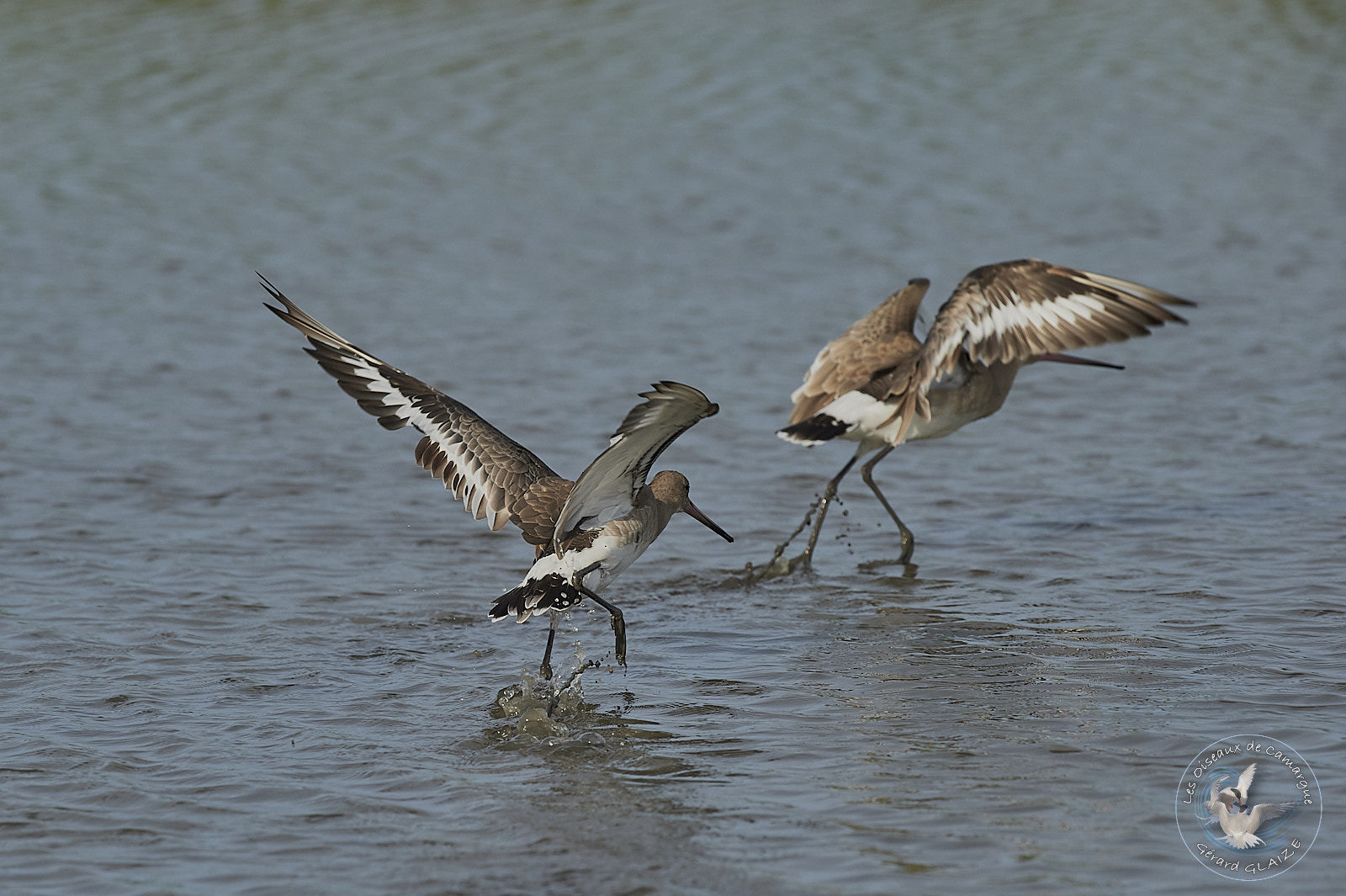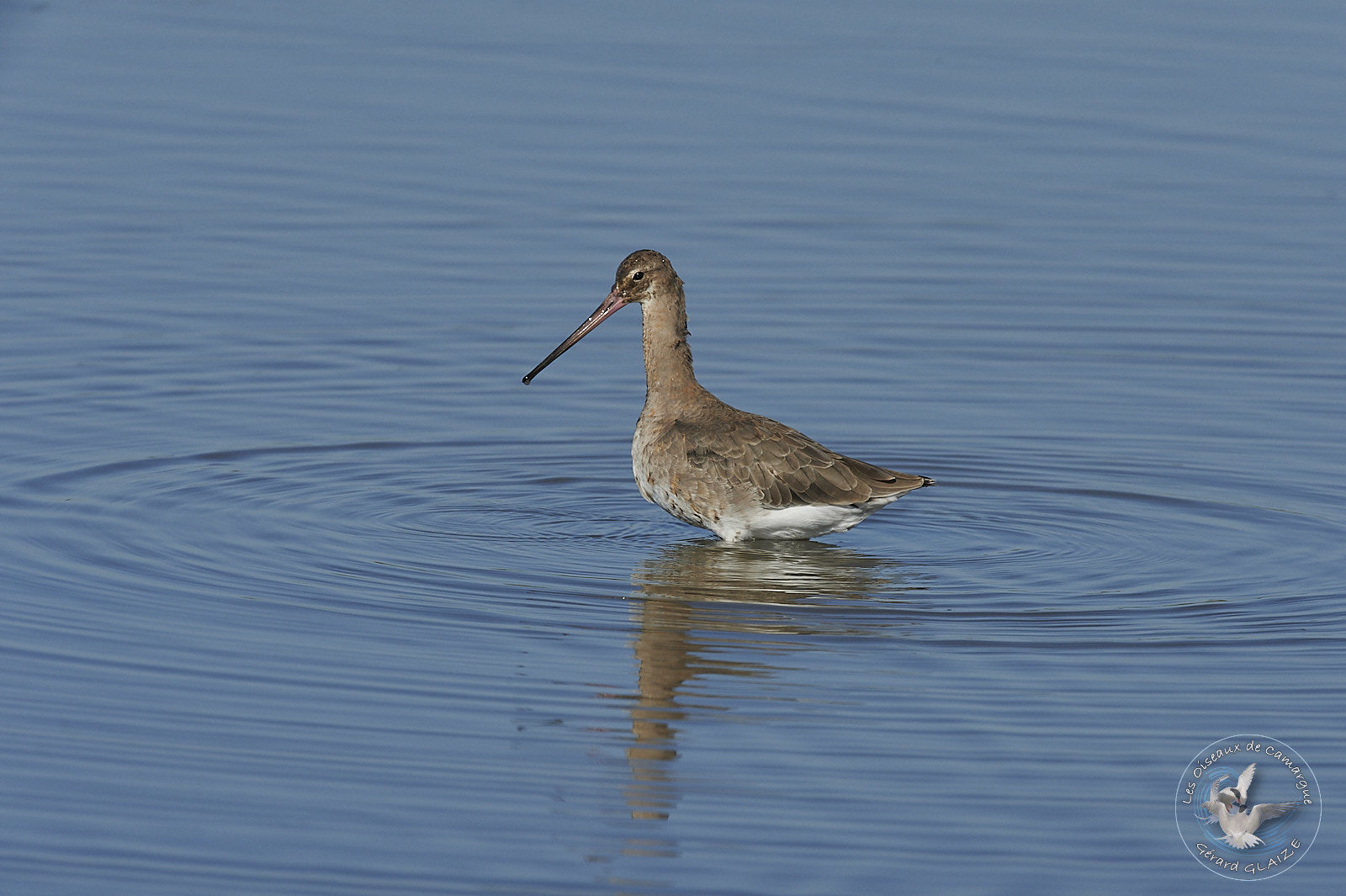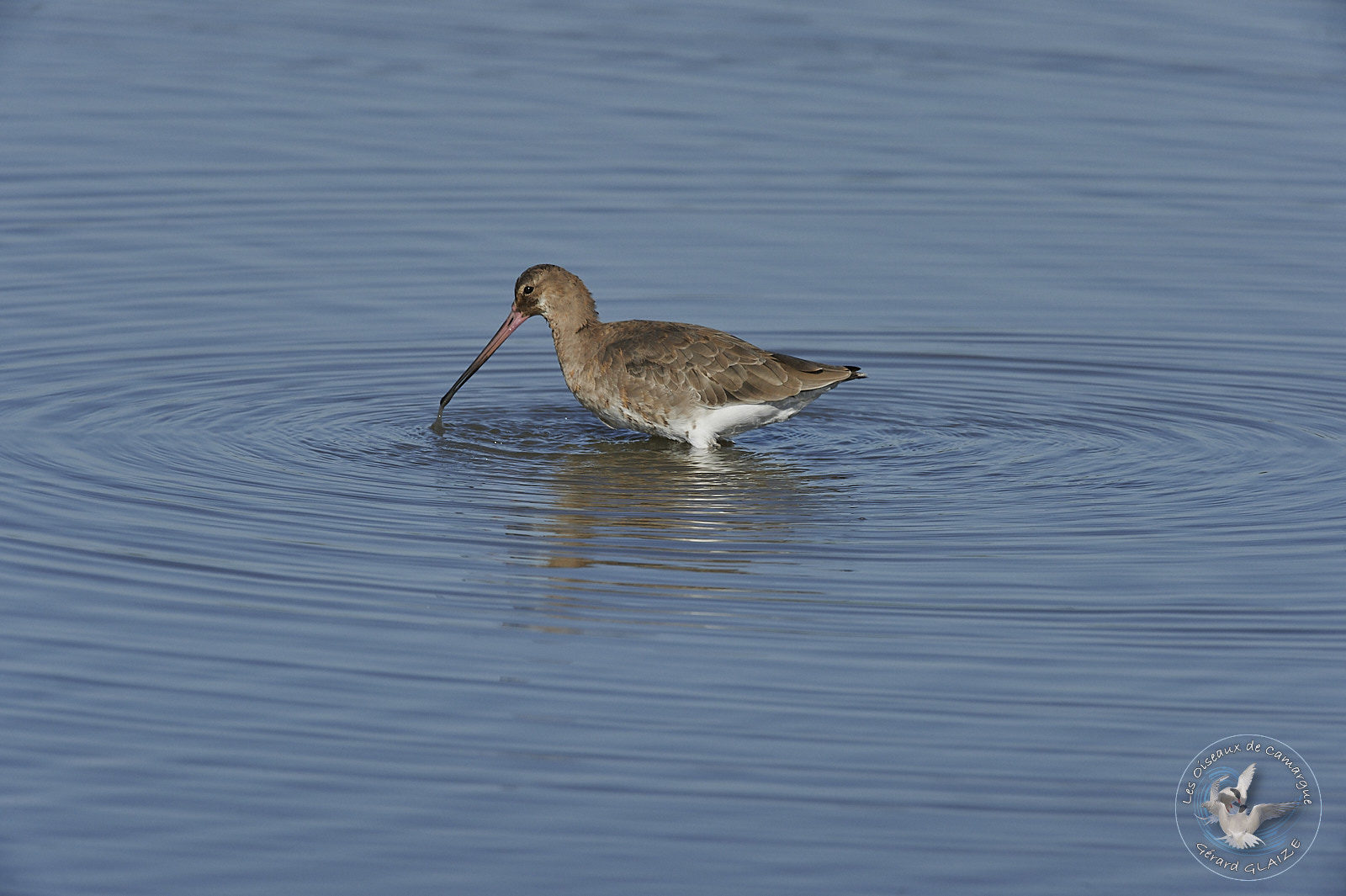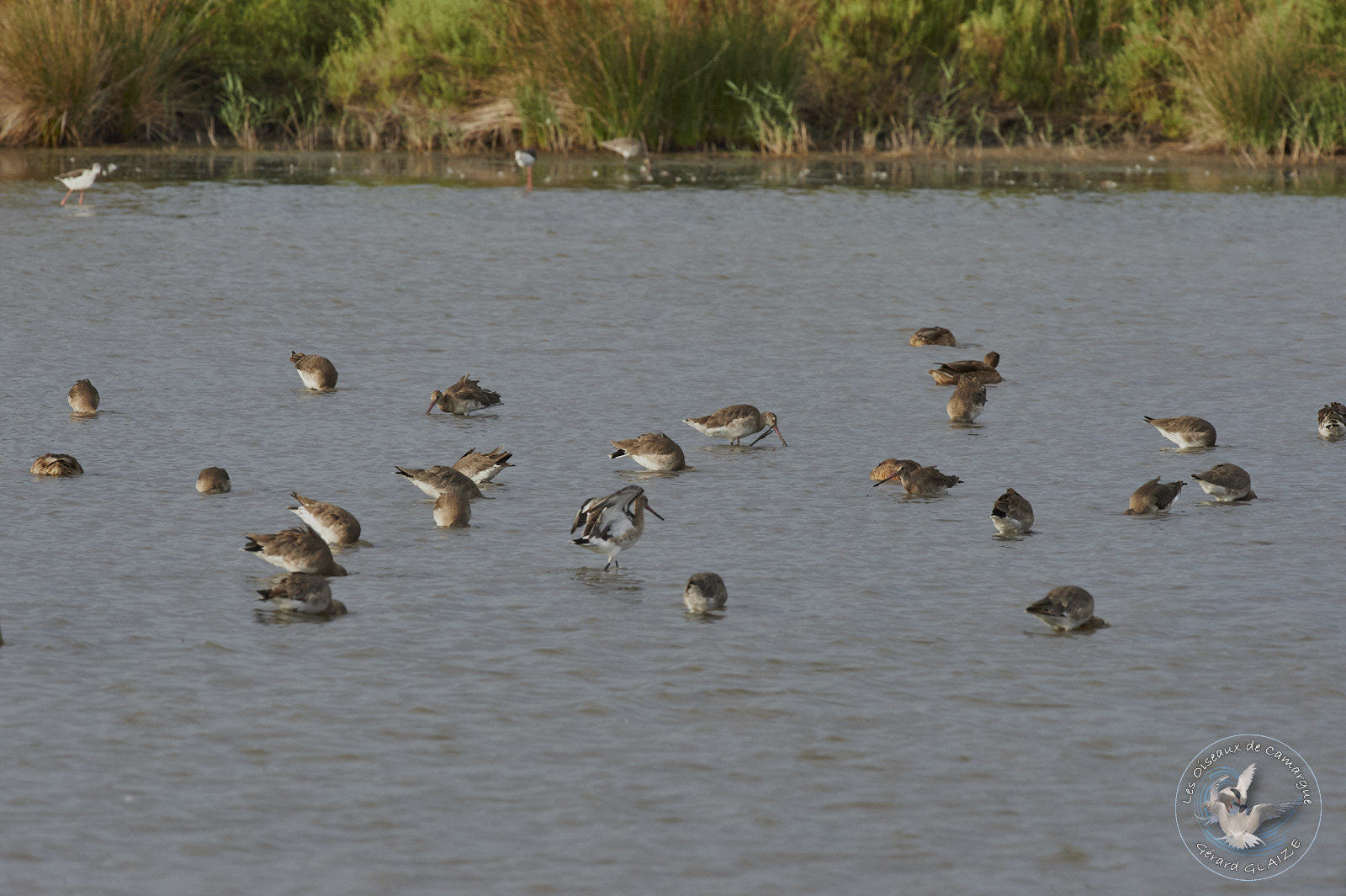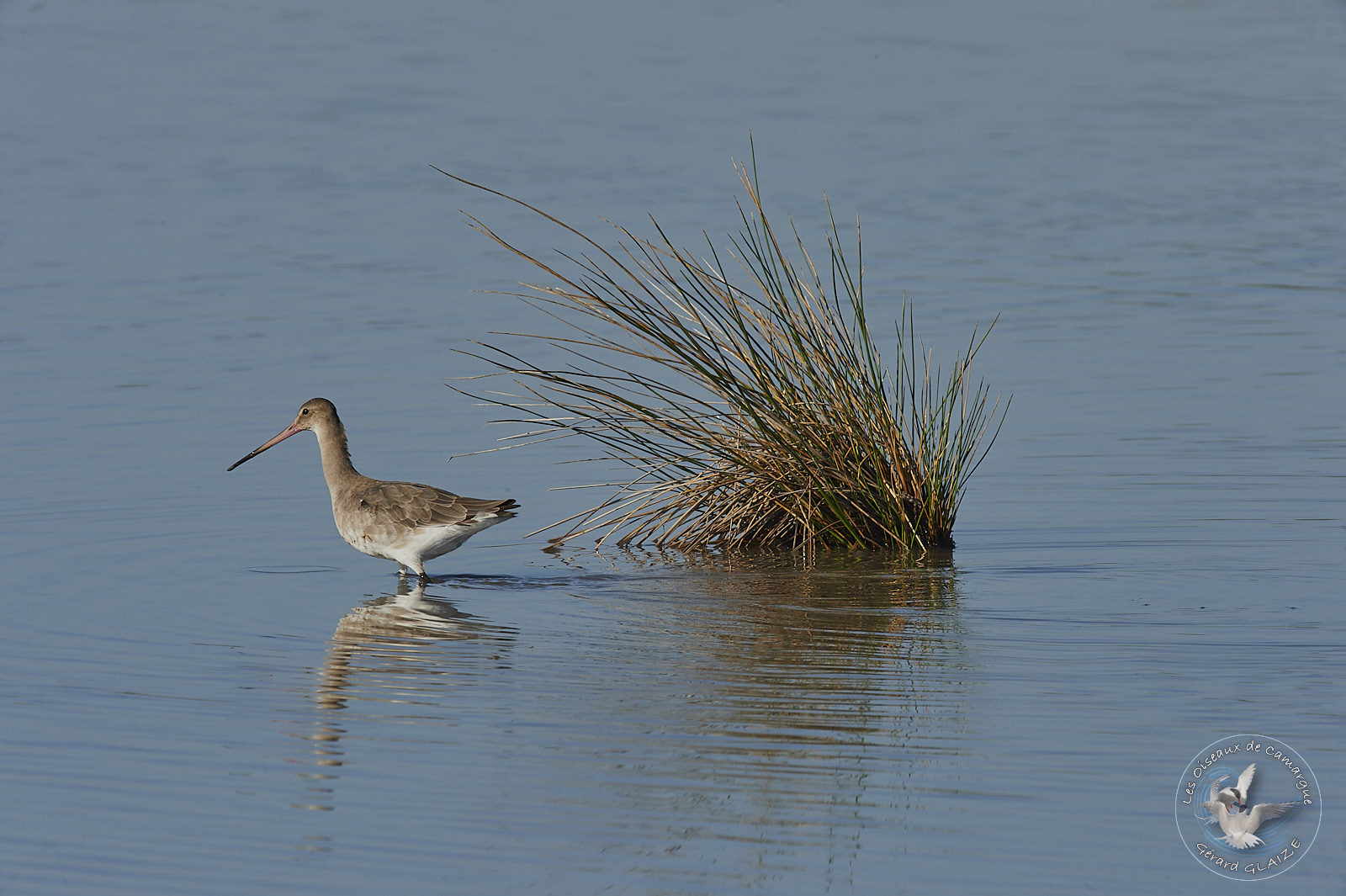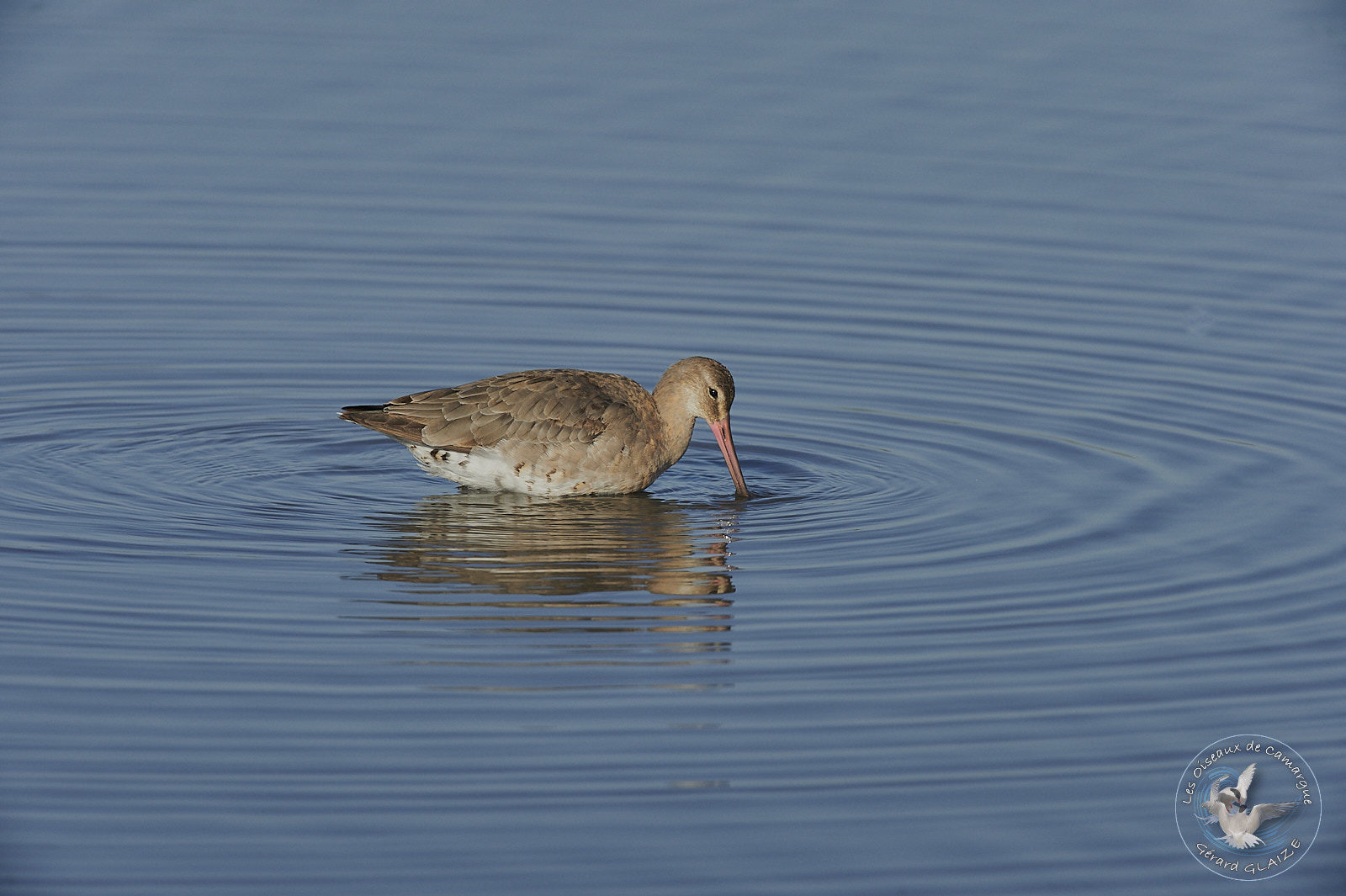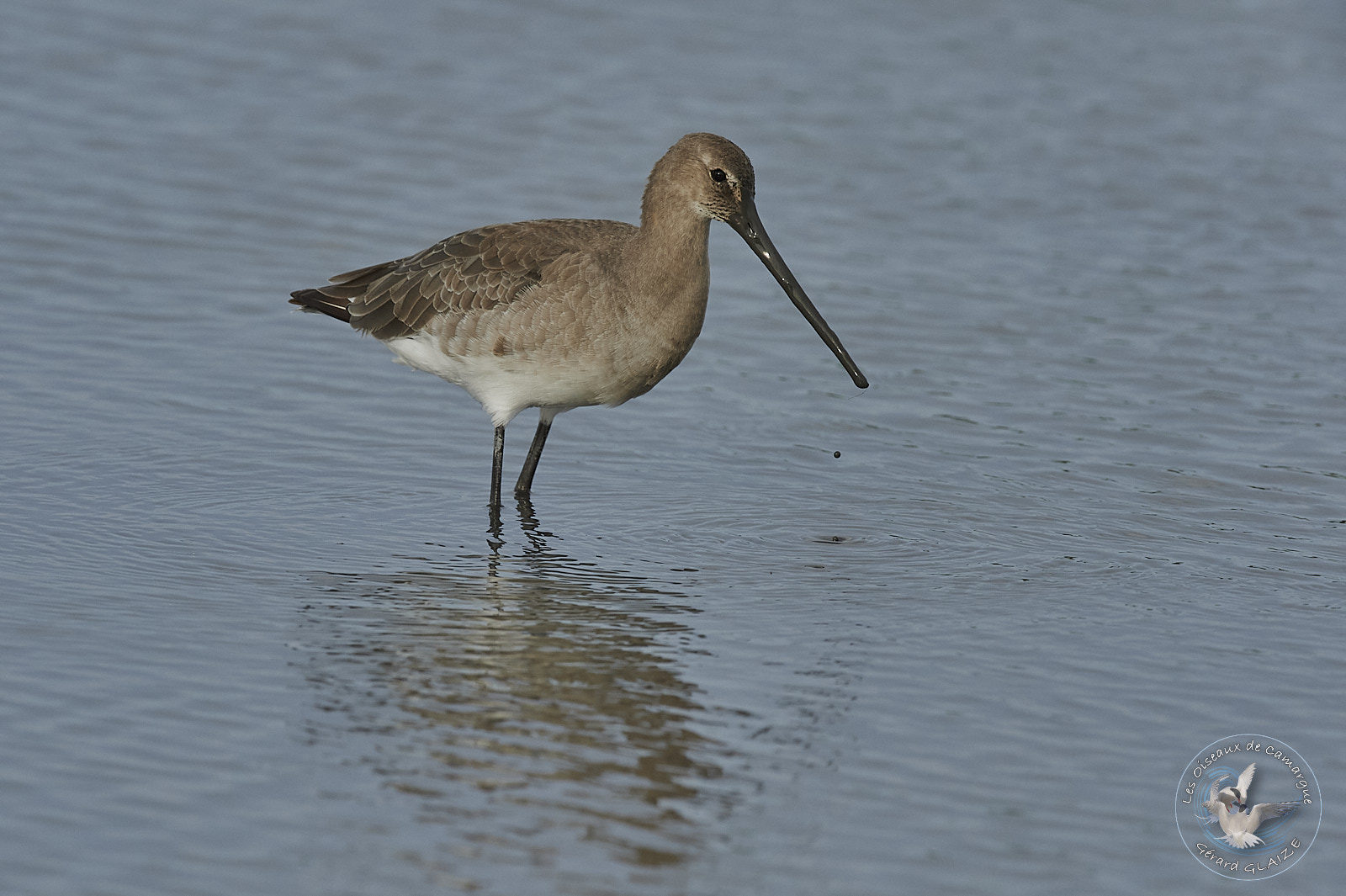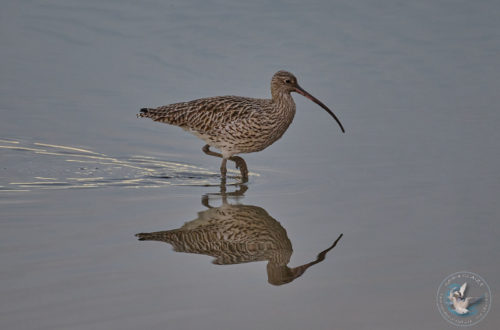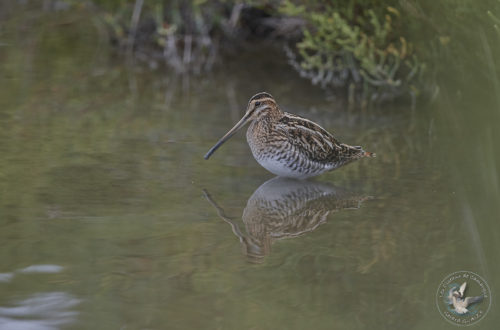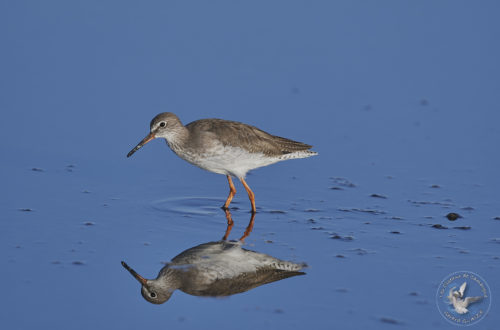Black-tailed Godwit
Black-tailed Godwit is a species of shorebird in the Scolopacidae family. It is one of the two species of godwits living in France. It is a fairly large wader without well-marked sexual dimorphism. The females have a slightly paler plumage and are a little larger.
In breeding plumage, the top of the skull and the nape are reddish, streaked with brown. The eyebrow, the chin and the underside of the eye are white. A brown streak runs across the face of the eye to the beak. A light golden rust color adorns the cheeks, the front and sides of the neck, the chest and the belly. The breast plumage is horizontally barred with dark streaks. Brown scales adorn the sides. The belly and undertail coverts are white, contrasting with the back and the scapulars of a shiny chestnut-brown.
The wing-coverts are generally grey, the large ones broadly edged with white, showing a clearly visible pale patch in flight. Rump and uppertail coverts are white. The tail is white at the base, black in its terminal part, the black and the white being clearly separated. The beak is very long, pink to yellowish at the base, horn at the tip, rising very slightly in the last third.
In winter plumage, eyebrows, chin, lower breast and belly become pure white. Head, neck and flanks take on a uniform light gray color, sometimes slightly underlined with russet. Top is dark gray. The edge of the lighter feathers. A few discreet spots continue to mark the top of the head, the sides of the neck and the flanks. The wing mirror darkens. Only the rump and tail remain unchanged.
Black-tailed Godwit
Scientific name : Limosa limosa
Family : Scolopacidae
Length: from 40 cm to 44 cm – Wingspan: from 70 cm to 82 cm
Weight : Male from 160 gr to 440 gr
Female from 244 gr to 500 gr
IUCN Conservation Status: NT
Flight
Black-tailed Godwit’s flight is strong and direct. The body is held horizontally during flight. The legs protrude from the tail in flight.
Habitat
Without being exclusively maritime, the black-tailed godwit prefers salt water to fresh water marshes. During the nesting period, the black-tailed godwit settles in mainly humid meadows. Brackish water bodies such as those of the Camargue suit it very well.
This species is very sensitive to human disturbance and reluctant to habituate to it.
Regime – Diet
The black-tailed godwit is a predator of invertebrates, including annelids. The barge moves slowly and enters deep into the water. She can swim if coerced and forced. To search the mud, its body tilts around the joint of the tarsus, the tail pointing towards the sky, the head, neck and beak deeply immersed in search of worms, larvae and small crustaceans. It does not only look for its food in the water but it also looks for it in the sand, in the ploughs, and the meadows. It hunts earthworms in these areas as skillfully as snipes.
Nesting
The black-tailed godwit most often nests in colonies on sea dunes and in polders. They limit themselves to digging a depression which they garnish very summarily with twigs. She lays 4 tawny eggs speckled with two dark tones. Hatching takes place within three weeks of incubation.
The chicks, with oversized legs, a little wobbly at first, are covered with a reddish down on the back, white on the lower parts. Throughout the incubation period, the males constantly fly above the brooder. They engage in jousting and aerial acrobatics accompanied by a rather soft and harmonious song like the lapwings. As soon as a visitor, human or animal (with the exception of cattle which are considered friends) approaches the colony, all the birds provide collective defense. This is ensured by flying around the intruder and making a concert of cries as varied as they are discordant.
The Black-tailed Godwit produces a single brood per season. A replacement brood can be laid if the first one is destroyed.
Migration
This species performs long distance migrations. The godwit is very faithful to its breeding sites. She will seek to earn these back every year. The birds leave Finland between early June and October, returning in April–May, after wintering around the Mediterranean or in Africa.
Protection
The Black-tailed Godwit is currently considered Near Threatened. This species has not been hunted since 2008 in France.
A controlled experimental study carried out in an SPA (Tipperne Special Protection Area) showed that this species is “very sensitive to human disturbance and not very likely to habituate to it”.
Song
Black-tailed Godwit is quite noisy and demonstrative during breeding season. The male soars in the air, uttering nasal “wicka-wicka-wicka” sounds, as well as a harsh “wee-eeh” and a high-pitched, slow “kititititititiw”. The rest of the year, the barge remains almost silent. It confines itself to emitting grunts reminiscent of those of the woodcock with various intonations, depending on whether it wants to express a question, a fear or a satisfaction.
Other Links
- You can see the article from my site “Birds of Camargue” for more information on the Camargue and the Birds.


